Work safety is a key issue while welding. Necessary protection is provided by welding helmets, which can be bought in specialised shops. However, in order for the helmet to optimally protect you when welding, it should properly match your needs. Let's take a closer look at such protective equipment with regards to user safety. Read on to find out what to pay attention to when choosing a welding helmet.
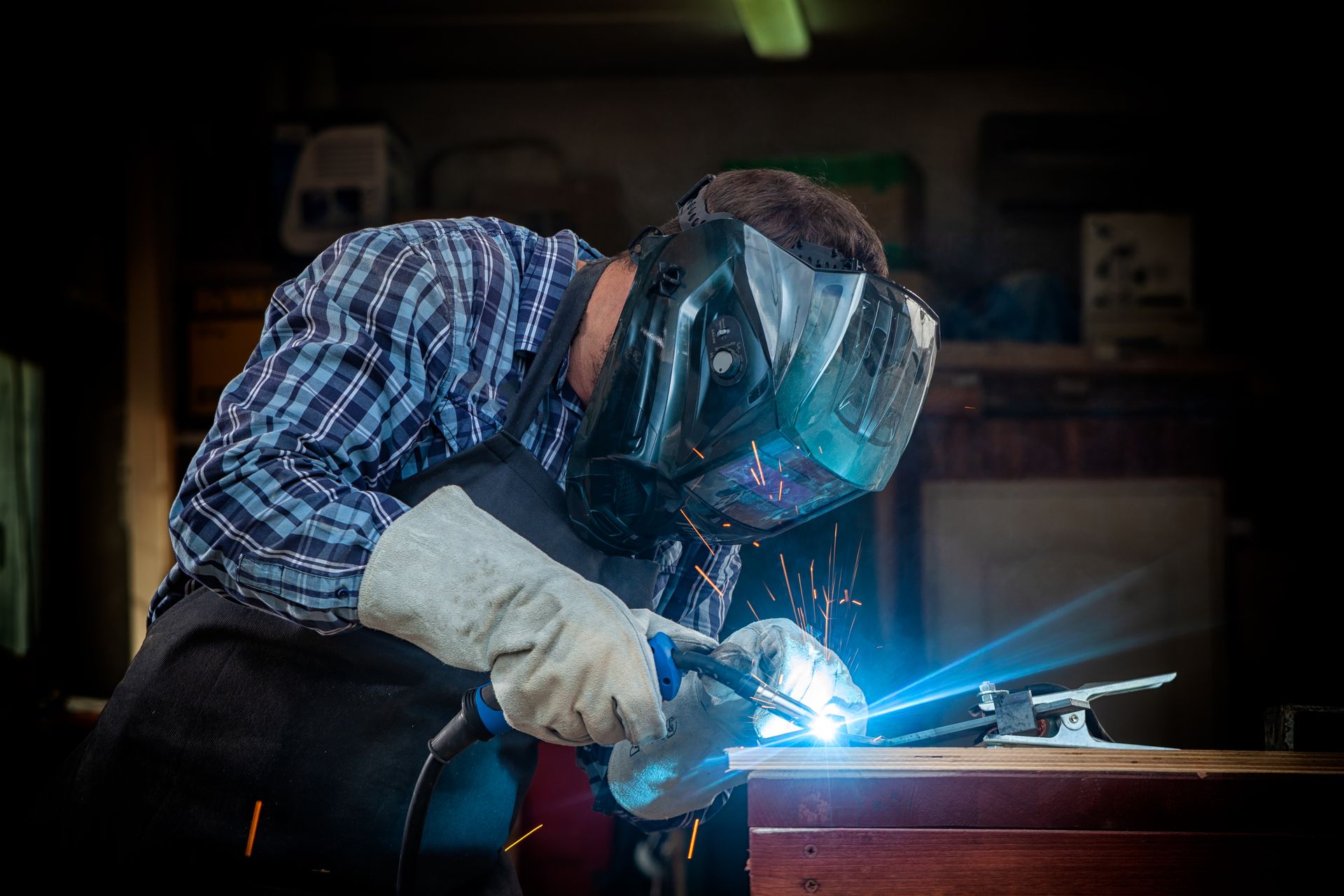
Work safety is a key issue while welding. Necessary protection is provided by welding helmets, which can be bought in specialised shops. However, in order for the helmet to optimally protect you when welding, it should properly match your needs. Let’s take a closer look at such protective equipment with regards to user safety. Read on to find out what to pay attention to when choosing a welding helmet.
What are welding helmets for?
The occupational hazards of welding are mainly connected with the heat treatment of metal by means of the welding arc. Red-hot bits of the welded material can easily injure your face, or even risk you losing your sight. When working with a welding arc you are also exposed to ultraviolet and X-ray radiation, which is definitely not good for your eyes.
To minimise all these risks, use professional welding helmets. Such helmets let you effectively look after your own health and protect yourself from harmful factors. A well-chosen welding helmet will also influence your work comfort. It will be easier to adopt a relaxed welding position, which can be very important if you suffer from arm or back pain.
In a nutshell, welding helmets are the most basic element of protective equipment you will need when welding, so make sure you keep this in mind.
What are the types of welding helmets?
That are two basic types of helmets generally recognised in the welding industry. The first are so-called passive helmets, fitted with a fixed-shade viewing lens coated with UV and IF protection. The process of welding with these helmets involves nodding the helmet up and down in order to be able to inspect the weld puddle and reposition the torch between welds. After finishing work, you can take off the helmet.
The need to lift the helmet up in order to inspect the welding pool is by far the biggest disadvantage of passive helmets. If you do this frequently it is not only inconvenient, but also has a negative impact on your welding efficiency. An advantage of this type of helmet is its low price.
The second type are auto-darkening helmets. Their main feature is a special filter with the possibility of adjusting the shade during welding. Thanks to this, auto-darkening helmets protect against radiation in a continuous manner. Darkening takes place in a fraction of a second, and what’s more, you can also set the darkness shade.
This is possible thanks to a liquid-crystal display, and a huge advantage of this is that the helmet does not have to be constantly taken off to check the quality of the weld. Professional users also appreciate the fact that they have both hands free at all times, which significantly impacts work comfort. Auto-darkening welding helmets are much more expensive than passive helmets, however their additional functions as well as LCD displays and arc detectors make them worth the price.
Which welding helmet should you choose?
In order to choose the right welding helmet according to your needs and expectations, pay attention to the most basic parameter – i.e. the shade of darkness. Particular models may differ in this respect. It may be more or less suitable for the available welding current. Thus, the wider and more precise shade adjustment range, the more varied the current range you can use. This, in turn, provides a higher level of protection, both in terms of the intensity of welding and the chosen method.
The shade range for automatic welding helmets, depending on the model, can be from 6 to 13 DIN. The highest value provides effective protection even when welding with a current of over 350A. Bear in mind, however, that a lower shade of darkness is better if you have poor eyesight. Of course, the choice of helmet should also depend on the type of work you will be conducting. If you only weld from time to time, e.g. during odd jobs around the house, then investing in an expensive model with numerous functions will be pointless. Such helmets make sense for professional use.
What should you pay attention to when buying a welding helmet?
Choosing the appropriate welding helmet should also depend on the welding method. If you intend to weld with the MIG/MAG or MMA methods, an auto-darkening helmet with two sensors and adjustable shade will be sufficient. If you plan to weld with the TIG method, then we recommend you choose a welding helmet with four sensors of at least 1/1/1/2 class.
What does the price of a welding helmet depend on?
As you already know, welding helmets differ significantly in price. This depends largely on the visor itself, but not only. Even auto-darkening visors themselves can differ greatly in price. This depends both on the parameters and the functions of a particular model. In addition to the shading level discussed earlier, the optical class is also important, ensuring a clear view.
The EN379 standard provides a ranking of optical classes for welding helmets. It comprises four categories: view accuracy, light scattering, differences in light transmittance, as well as the dependence of the angle on light transmittance.
In addition, auto-darkening visors can have two to four built-in arc sensors. These sensors are of great importance, as their number determines the precision with which the arc is detected at their minimum value. When the arc is struck, the sensors send a signal that initiates the darkening process. In other words, the more arc sensors there are, the faster and more precise the darkening.
We also mentioned numerous additional functions of auto-darkening welding helmets. As they also affect the price of the helmet, let’s take a quick look at them in more detail. One of them is the grinding function (GRIND). This makes it possible to block the filter in the bright mode and thus prevent it from darkening. This function therefore makes it safe to grind.
Another function is the DELAY TIME. This lets you program the helmet, or rather the auto-darkening filter, in terms of the time in which it switches from dark to light mode. This feature lets you avoid a sudden blinding from the light.
Another useful feature found in auto-darkening welding helmets is the reduction of the detection angle – SENSITIVITY. Thanks to this you can avoid the welding arc from a neighbouring station causing the filter of your mask to accidentally darken.
The last function, TRUE COLOUR / NATURAL COLOUR, lets you freely observe the weld pool, taking into account its natural colours. As a result, this make it easier to control the effects of your own work.
The quality of the field of view also affects the price of auto-darkening welding masks. It is determined by the size of the filter cassette, with larger ones providing a better and wider view. Visors intended for professional use are usually about 65×100 mm in size, while cheaper, home-use versions are 50×100 mm.
Which welding helmet should you buy – summary
A welding helmet is a vital element of protective equipment used during welding. Welding will not only expose you to the harmful effects of UV rays, but also to facial injuries and burns caused by very hot pieces of metal. You should make sure you choose the right helmet to meet your needs. Useful additional functions and high-quality, which also determine the price of the helmet, will help you choose the model most suited for you.

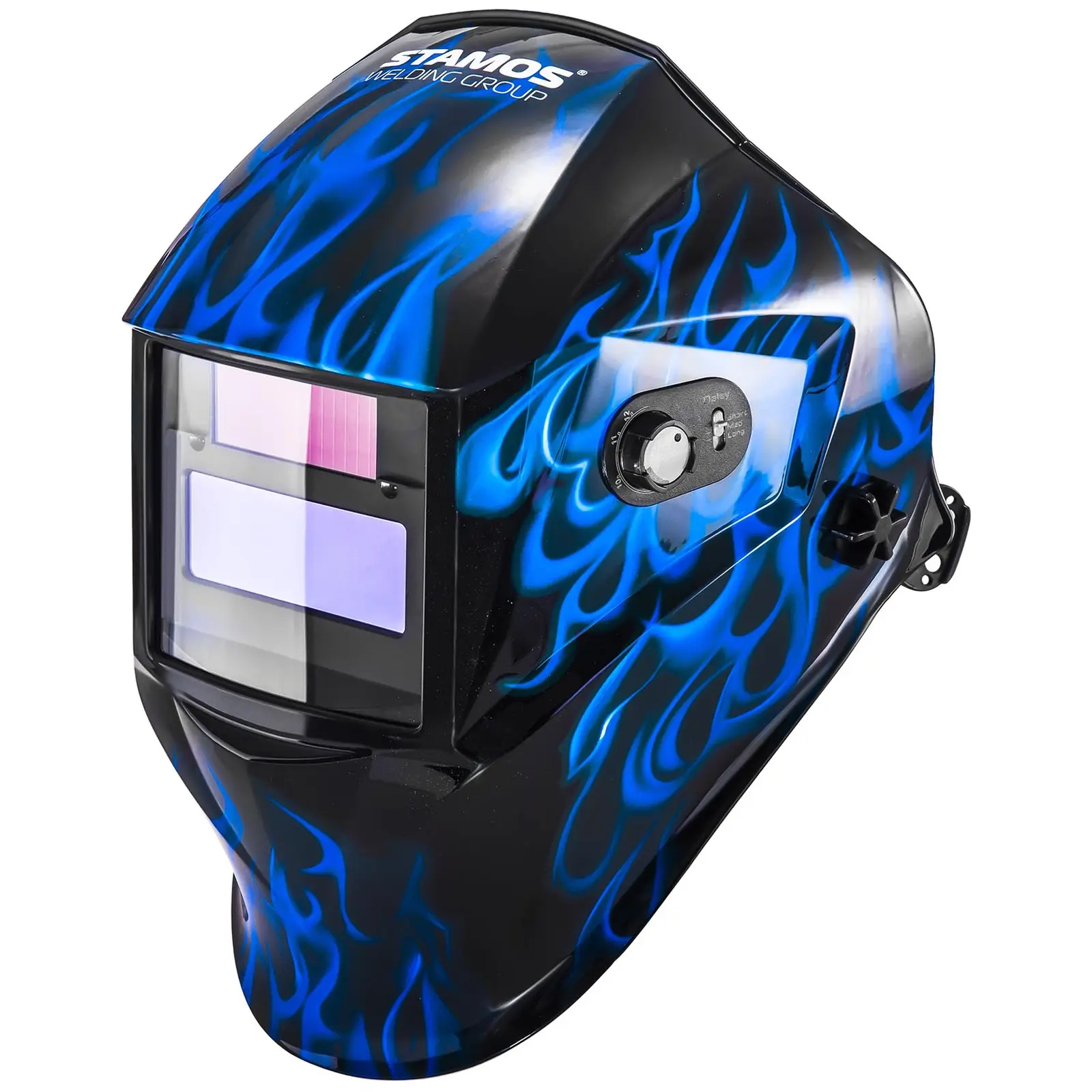
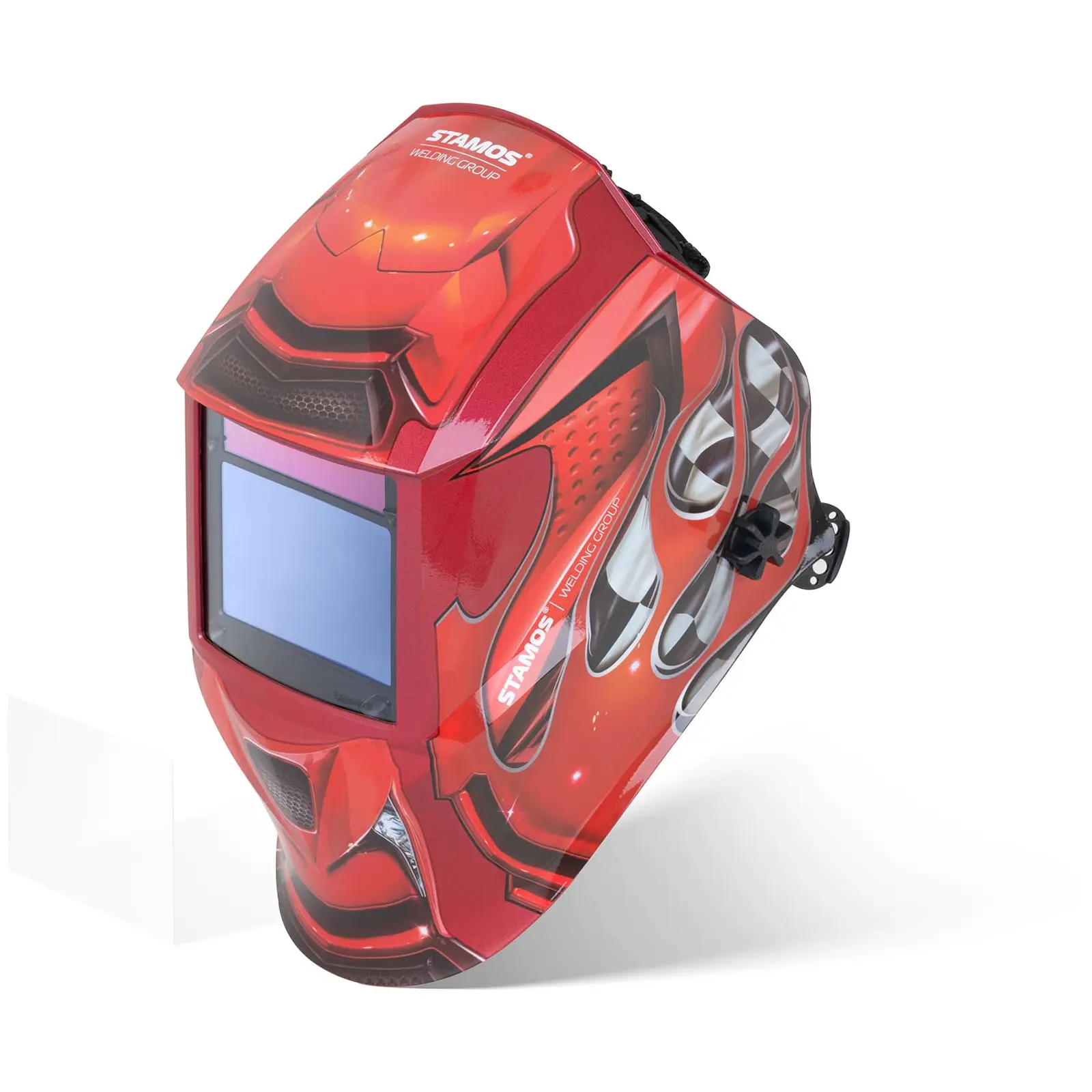
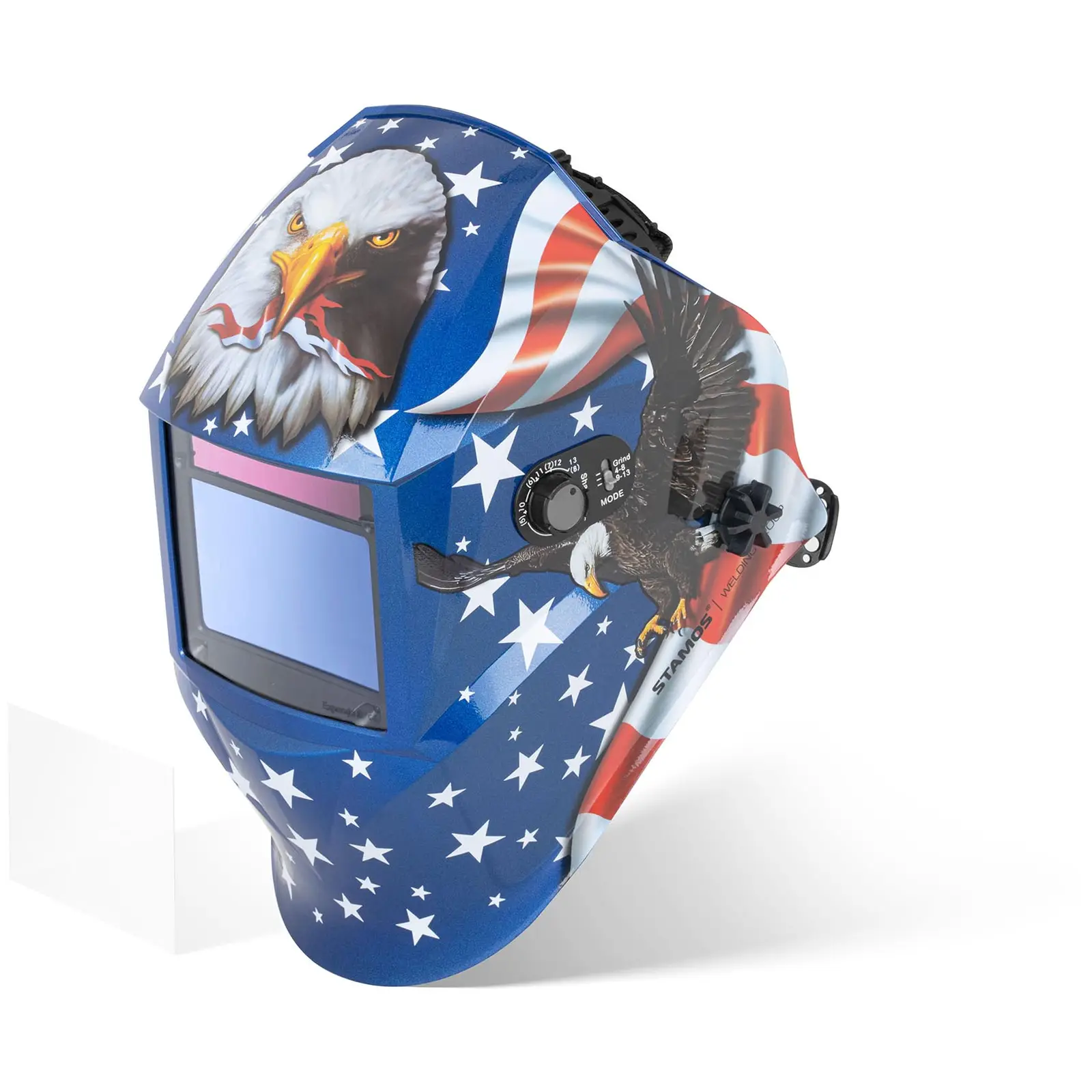
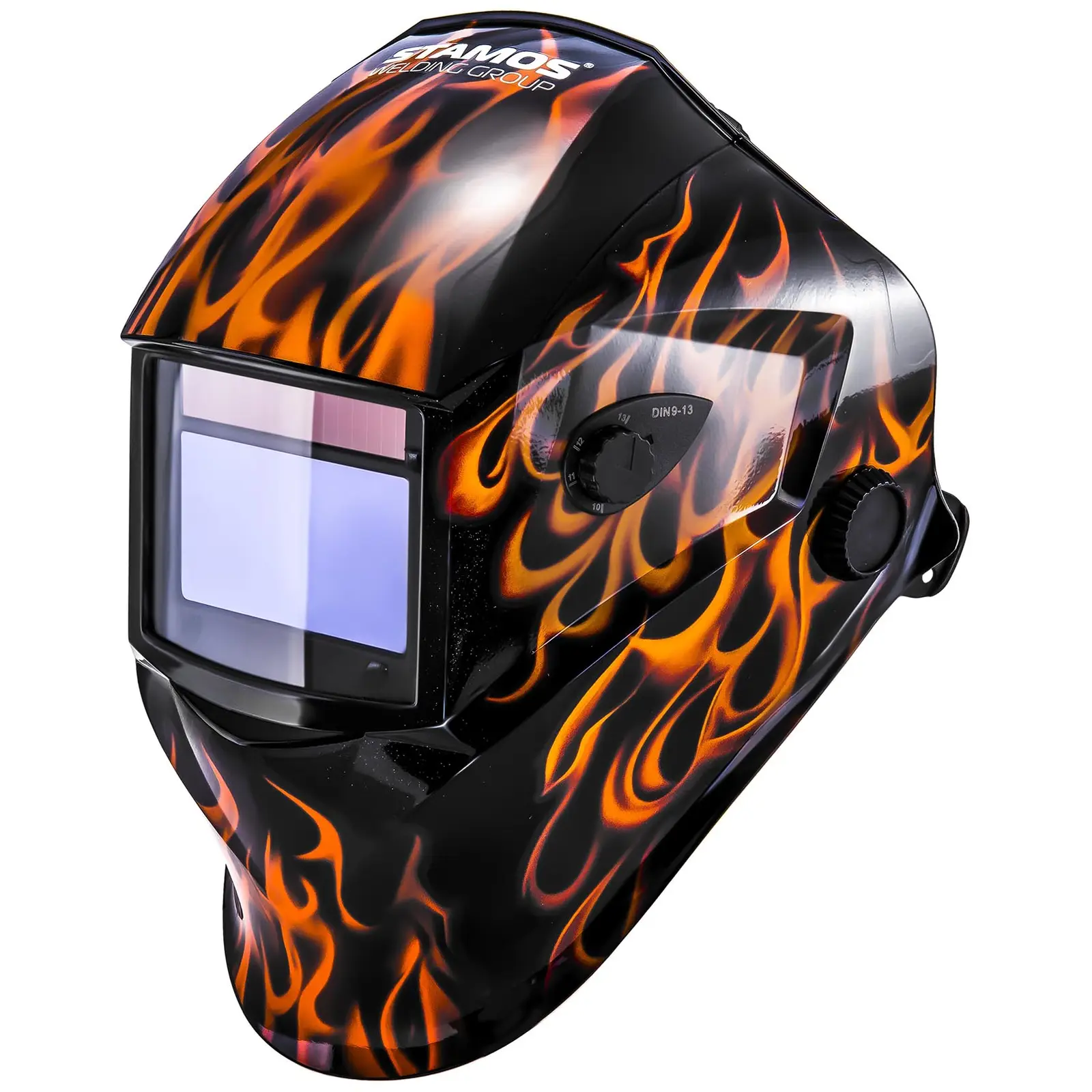
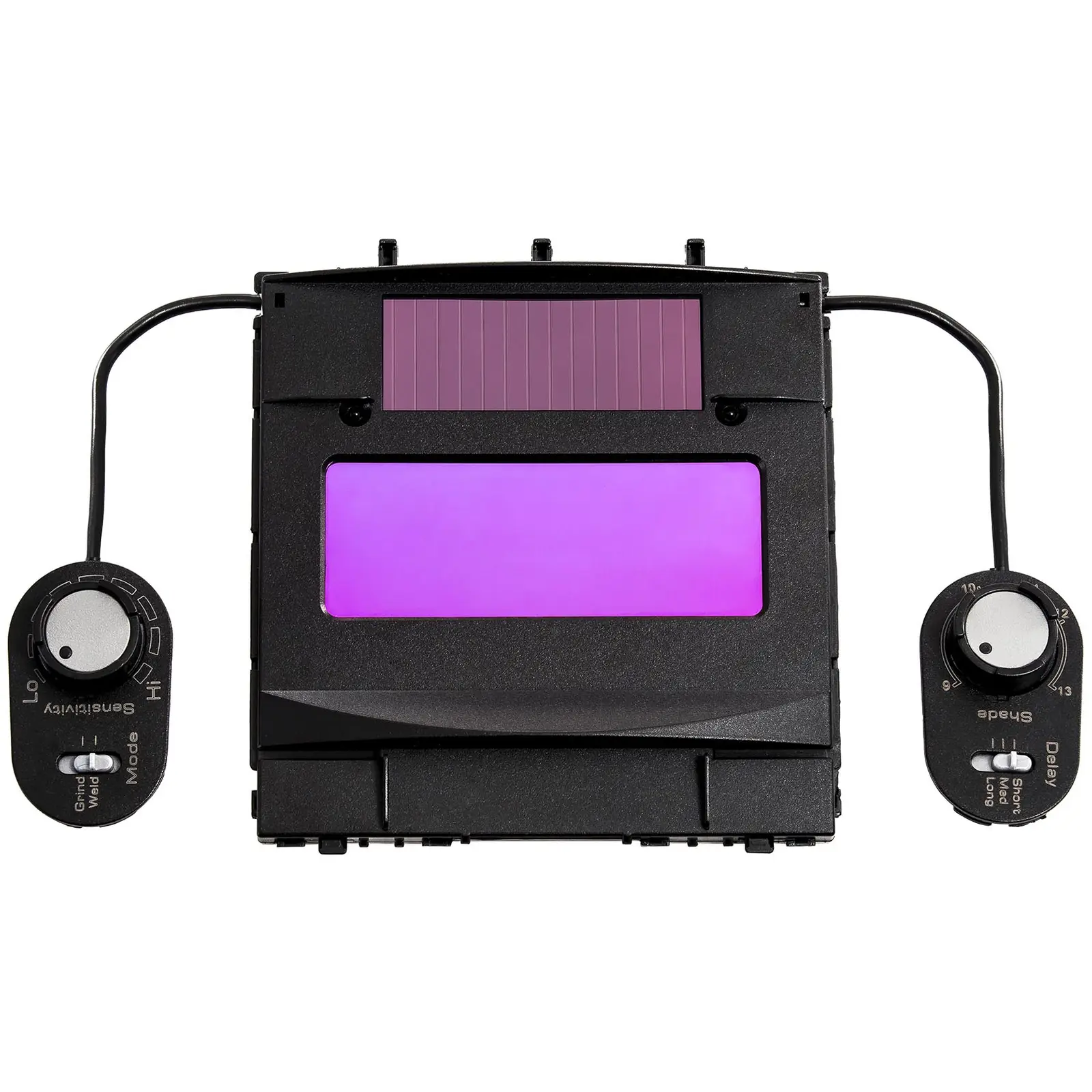
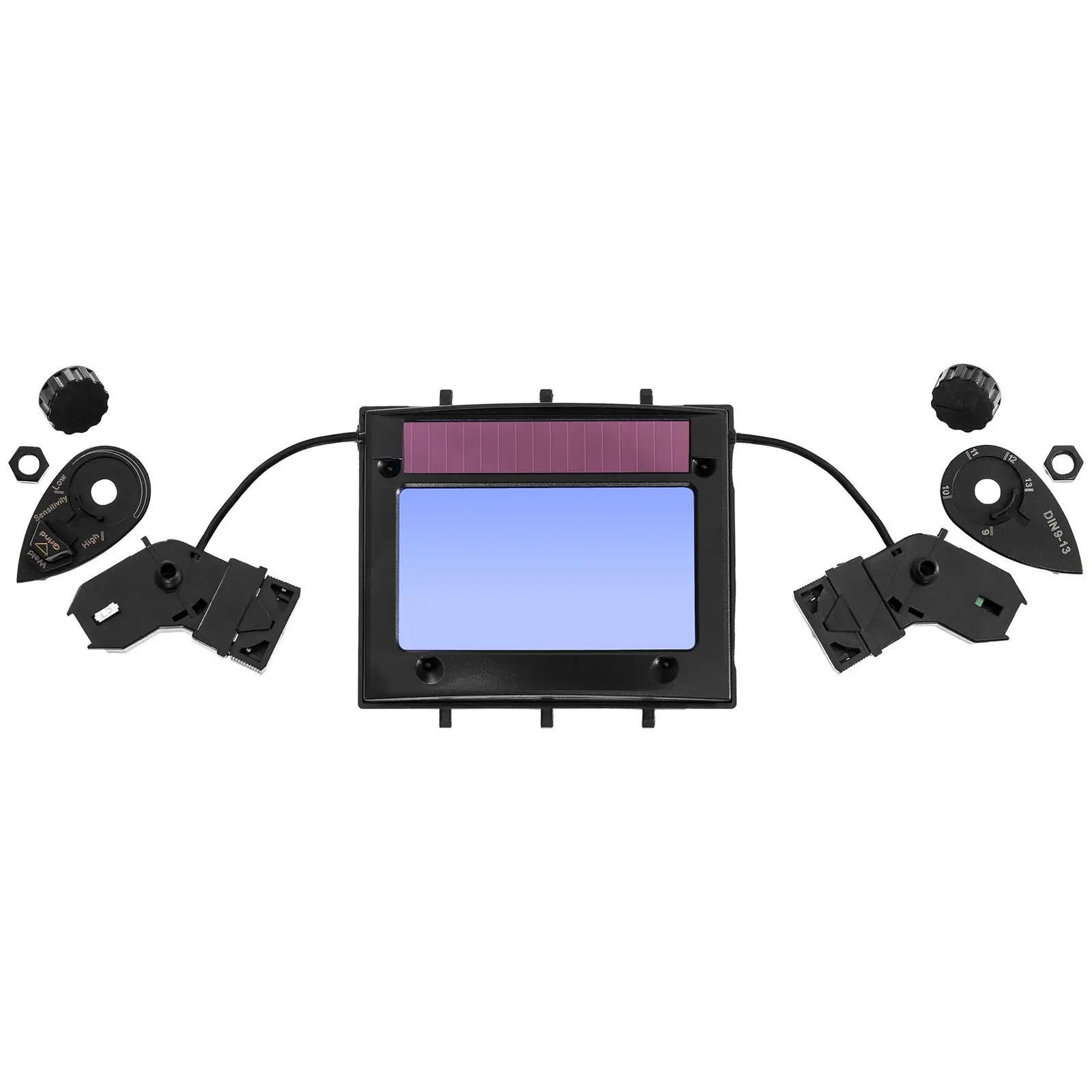


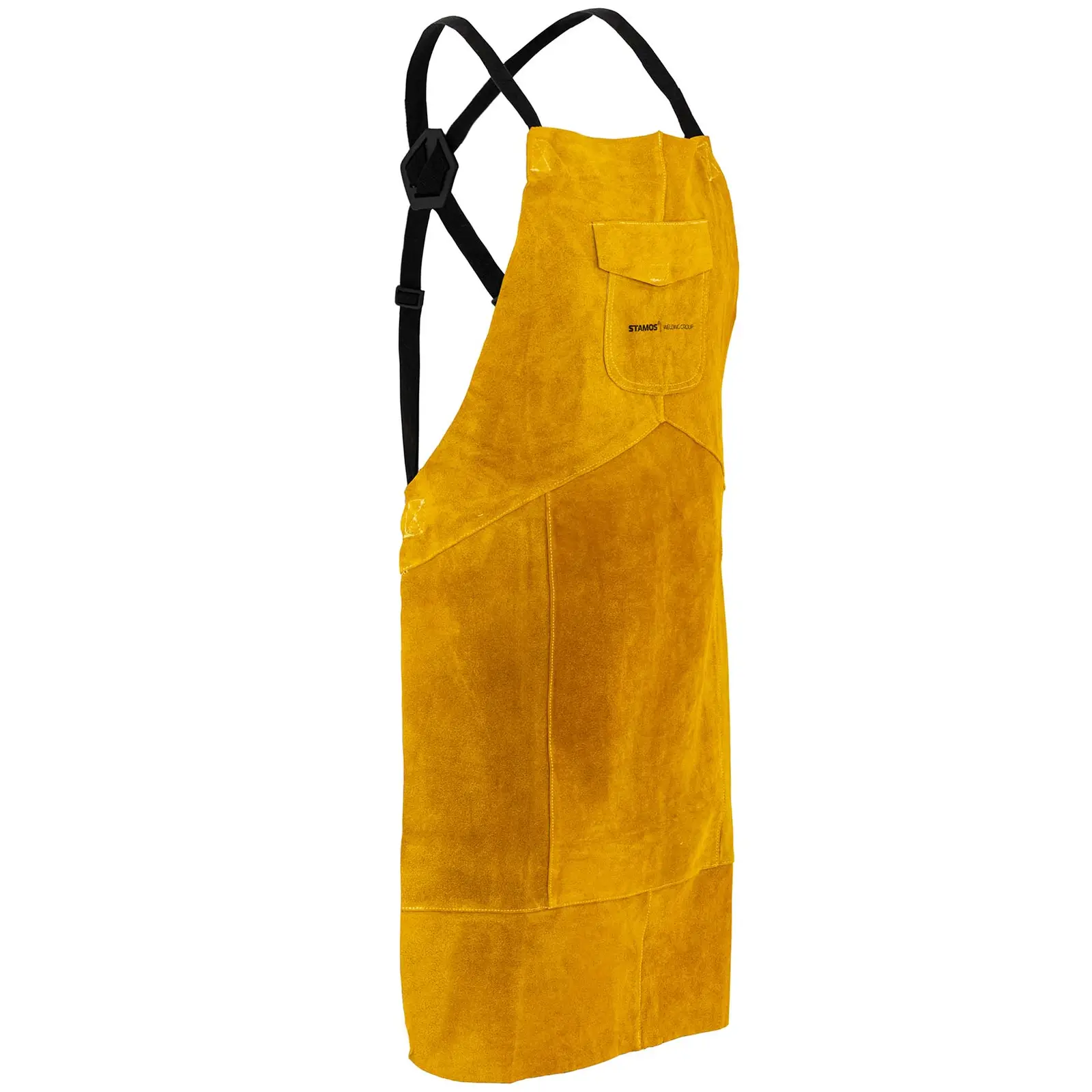





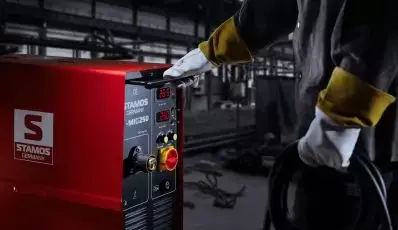
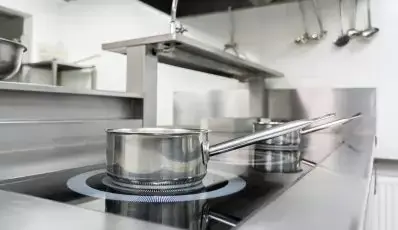

Share